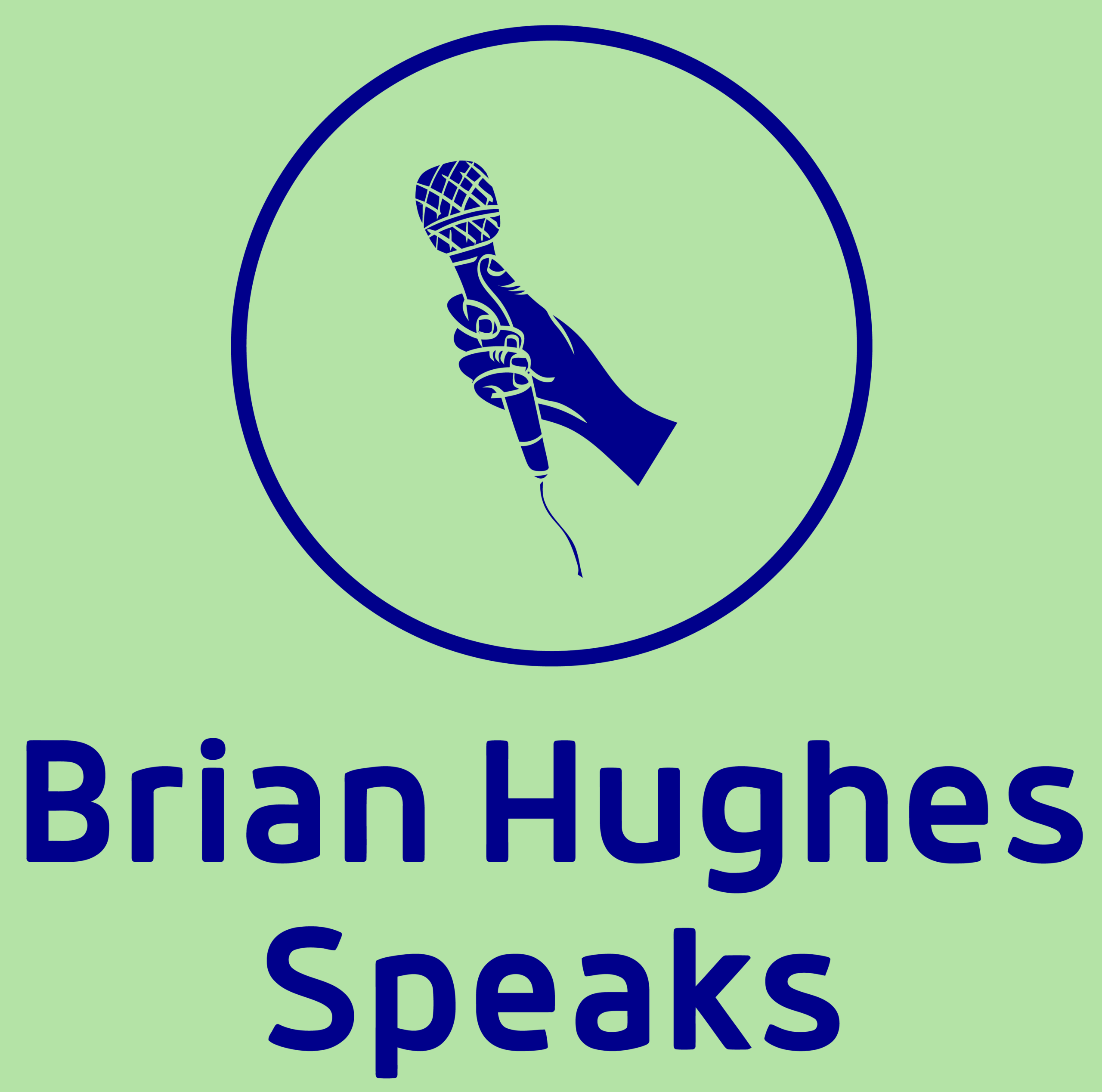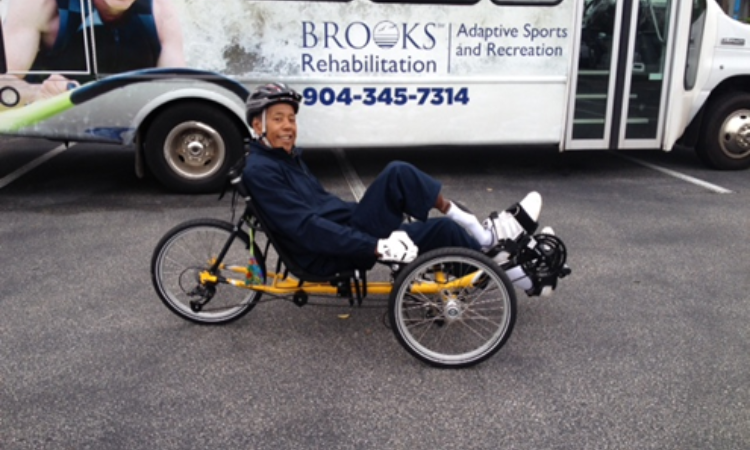Experiencing my heart attack was a life-altering event, but it also marks the beginning of a critical journey toward recovery and renewed health. Among the most powerful tools in my journey is exercise — a cornerstone of cardiac rehabilitation that helps rebuild the heart, improve cardiovascular fitness, and reduce the risk of future complications. However, post-heart attack exercise isn’t about pushing yourself to extremes; it’s about safely and strategically strengthening your heart under expert guidance.
Why Exercise Matters After a Heart Attack
After a heart attack, the heart muscle may be weakened, and blood flow could be compromised. Exercise helps your heart adapt and become stronger by improving the efficiency with which it pumps blood. Regular, moderate physical activity enhances cardiovascular endurance and overall fitness, supporting the heart in its vital functions.
Moreover, exercise helps control several key risk factors that contribute to heart disease and repeat heart attacks:
- High Blood Pressure: Physical activity helps relax blood vessels, reduce arterial stiffness, and lower blood pressure levels.
- Diabetes Management: Exercise improves insulin sensitivity and blood sugar control, essential for individuals with diabetes or prediabetes.
- Weight Management: Maintaining a healthy weight reduces strain on the heart and lowers cholesterol levels.
- Stress Reduction: Physical activity stimulates the release of endorphins, helping to manage stress and improve mental health.
Approaching Exercise Safely: The Role of Healthcare Professionals
While exercise is beneficial, it’s crucial to approach it cautiously, especially in the early stages of recovery. After a heart attack, your body needs time to heal, and overexertion can be dangerous.
That’s why cardiac rehabilitation programs, supervised by healthcare professionals, are the gold standard. These programs begin with a thorough medical evaluation and gradually introduce exercise tailored to your individual condition and capabilities.
Key components include:
- Personalized Exercise Plans: Designed based on your heart function, fitness level, and other health conditions.
- Monitoring: Healthcare providers monitor heart rate, blood pressure, and symptoms during activity to ensure safety.
- Education: Patients learn to recognize warning signs and understand when to adjust their activity.
- Lifestyle Coaching: Beyond exercise, these programs support nutrition, medication adherence, and smoking cessation.
Types of Exercise Recommended Post-Heart Attack
Most cardiac rehab programs focus on a mix of:
- Aerobic Exercise: Walking, cycling, or swimming to improve endurance and heart function.
- Strength Training: Light resistance exercises to enhance muscle tone and overall metabolism.
- Flexibility and Balance: Stretching and balance exercises to reduce injury risk.

Evidence Supporting Exercise After Heart Attack
Multiple studies have demonstrated that patients participating in supervised cardiac rehabilitation with exercise have:
- A 25% reduction in all-cause mortality
- A 31% decrease in cardiac mortality
- Improved quality of life and reduced hospital readmissions (Anderson et al., 2016; Jolliffe et al., 2001)
Exercise also helps reverse or stabilize coronary artery disease progression and improves vascular function (Thyfault & Booth, 2011).
Starting a safe and effective exercise routine after a heart attack is one of the best decisions you can make for your recovery and long-term health — but it must be done carefully and deliberately. Here are some practical, evidence-based tips to help you begin:
✅ 1. Get Medical Clearance First
Before doing anything physical, talk with your cardiologist or healthcare provider. They may refer you to a cardiac rehabilitation program, which is the safest way to begin exercising after a heart attack. Never start on your own without medical approval.
✅ 2. Start with a Cardiac Rehab Program
These programs offer supervised, structured exercise that’s customized for your heart condition and fitness level. Studies show that patients who participate in cardiac rehab have better outcomes, including fewer repeat heart attacks and longer survival.
💡 Tip: Medicare and most insurance plans cover cardiac rehab for heart attack recovery — ask your provider for a referral.
✅ 3. Begin Slowly and Gradually Increase
Start with low-intensity activities, such as:
- Walking (5–10 minutes at first, then build up to 30 minutes/day)
- Stationary cycling
- Light stretching
Increase the duration first, not the intensity. Let your body — and your heart — adapt over time.
✅ 4. Listen to Your Body
Be alert for warning signs that may indicate you’re overdoing it:
- Chest pain or discomfort
- Unusual shortness of breath
- Dizziness or lightheadedness
- Rapid or irregular heartbeat
- Excessive fatigue
Stop immediately and seek medical attention if any of these occur.
✅ 5. Use the “Talk Test”
A simple rule of thumb: You should be able to talk comfortably while exercising. If you’re too breathless to speak in full sentences, slow down.
✅ 6. Be Consistent, Not Intense
Aim for 30 minutes of moderate activity on most days, but break it into smaller chunks if needed — even 10-minute sessions count. Consistency is more important than intensity.
✅ 7. Include Warm-Up and Cool-Down
Each session should begin and end with 5–10 minutes of light activity and stretching. This helps prevent sudden changes in heart rate and blood pressure.
✅ 8. Stay Hydrated and Dress Appropriately
Wear comfortable, breathable clothing and supportive shoes. Drink water before and after, especially in hot weather.
✅ 9. Manage Other Risk Factors Alongside Exercise
Exercise works best when combined with other heart-healthy habits:
- Eat a heart-healthy diet (low in sodium, saturated fat, and sugar)
- Take medications as prescribed
- Manage stress (try yoga, meditation, or breathing exercises)
- Get regular sleep (7–8 hours per night)
✅ 10. Track Your Progress
Keep an exercise journal or use a fitness tracker to monitor:
- Minutes per day exercised
- Heart rate (if advised)
- How you felt before, during, and after
This helps you see improvements and stay motivated — and provides useful info for your healthcare team.
Remember: Recovery is not a race. It’s a journey — one step, one walk, one workout at a time.
Final Thoughts
Recovering from a heart attack can feel overwhelming, but embracing safe, guided exercise is a proven way to rebuild strength and protect your heart for the future. Always work closely with your healthcare team to develop an exercise plan that fits your unique needs. Over time, consistent physical activity can empower you to regain control over your heart health and live a fuller, more vibrant life.
Key Takeaway:
Exercise is a vital component of heart attack recovery that strengthens the heart and improves cardiovascular health, but it must be started carefully and under professional supervision to maximize benefits and ensure safety.
References:
- Anderson, L., Oldridge, N., Thompson, D. R., et al. (2016). Exercise-based cardiac rehabilitation for coronary heart disease. Cochrane Database of Systematic Reviews, (1), CD001800.
- Jolliffe, J. A., Rees, K., Taylor, R. S., et al. (2001). Exercise-based rehabilitation for coronary heart disease. Cochrane Database of Systematic Reviews, (1), CD001800.
Thyfault, J. P., & Booth, F. W. (2011). Lack of exercise is a major cause of chronic diseases. Comprehensive Physiology.




